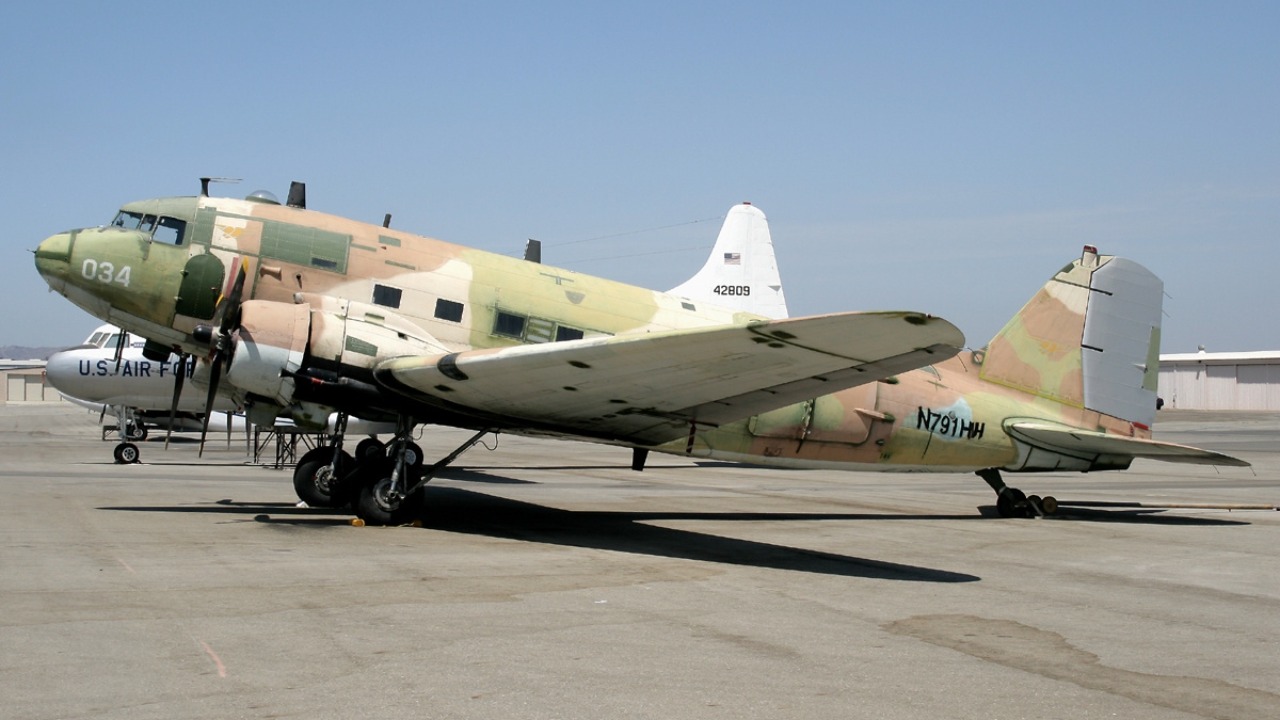
In the fast-evolving world of aviation, newer is not always better. Some older aircraft continue to outperform their modern counterparts due to their sturdy design, reliability, and versatility. Here is a look at nine planes that have stood the test of time and continue to excel in their roles today.
Lockheed C-130 Hercules
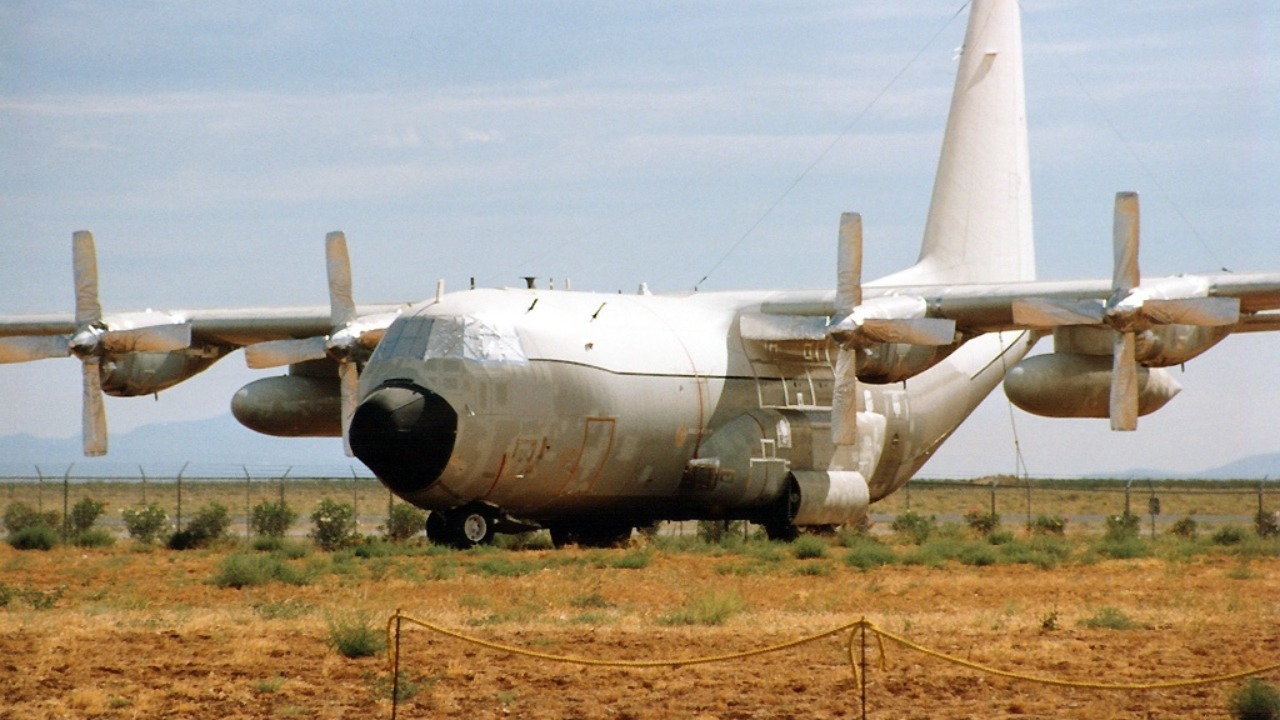
The Lockheed C-130 Hercules is a versatile military transport aircraft that has been in service since the 1950s. Its ability to operate in austere environments and carry substantial payloads makes it indispensable for military and humanitarian missions worldwide. The C-130’s rugged design and adaptability ensure it remains a vital asset, even as newer transport planes enter the scene.
Despite the introduction of newer aircraft, the C-130’s blend of endurance and versatility keeps it in high demand. Its ongoing upgrades and modifications allow it to adapt to modern needs, ensuring it continues to outperform many newer models in its class.
Douglas DC-3
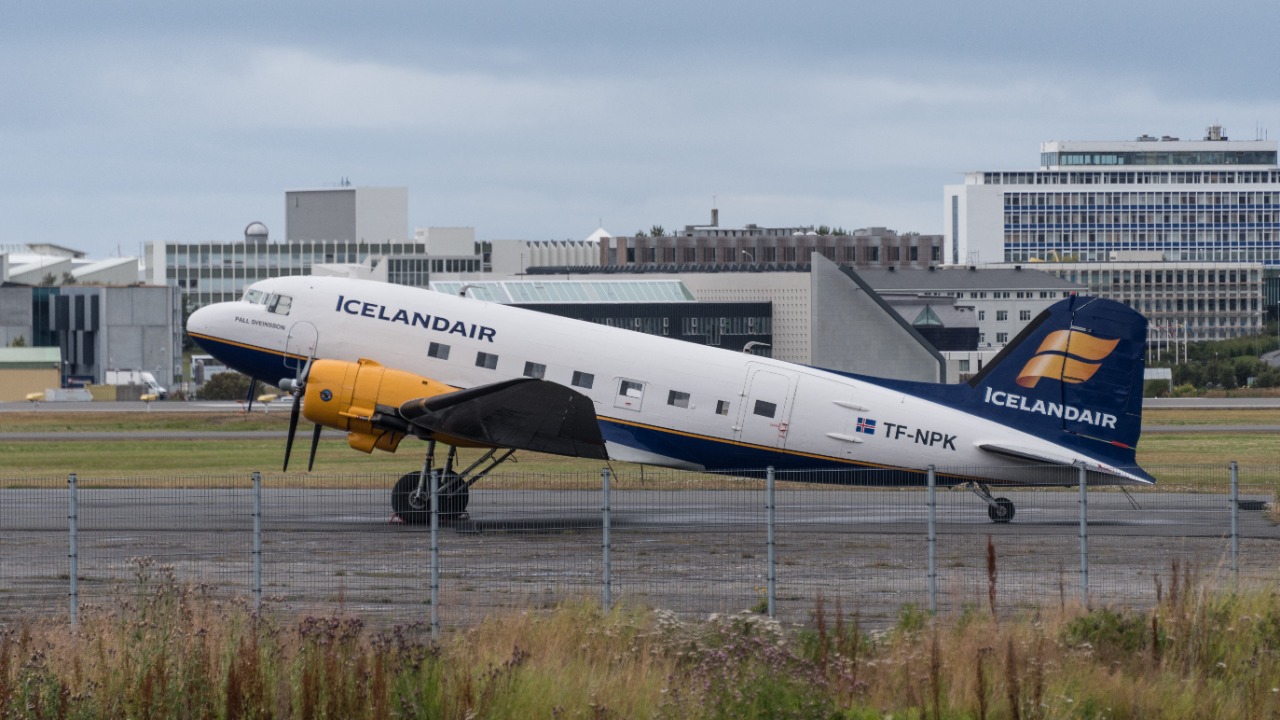
The Douglas DC-3 revolutionized air travel when it first took flight in the 1930s and continues to be used in limited operations today. Known for its durability and reliability, the DC-3 can operate from short and unpaved runways, making it ideal for remote areas. Its simple mechanics and robust construction have allowed it to remain in service longer than many expected.
While modern aircraft offer advanced technology and increased capacity, the DC-3’s ability to perform in challenging conditions keeps it relevant. Its continued use in cargo and passenger transport in less accessible regions underscores its unique capabilities.
Boeing B-52 Stratofortress
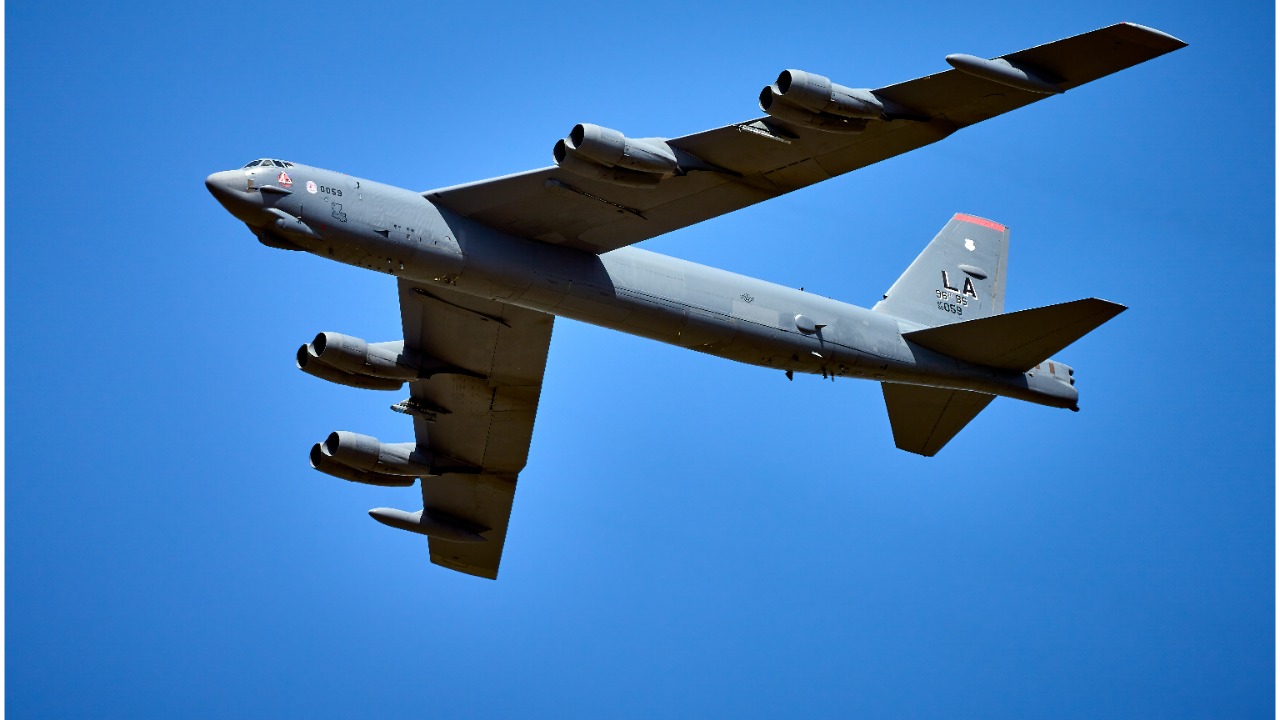
The Boeing B-52 Stratofortress has been a staple of the U.S. Air Force’s strategic bomber fleet since the 1950s. Known for its long-range capabilities and heavy payload, the B-52 plays a crucial role in strategic deterrence. Its adaptability to carry modern weapons and advanced avionics has kept it relevant in the face of newer bomber models.
Despite its age, the B-52’s operational flexibility and reliability make it a formidable force. Continuous upgrades have ensured that it remains a vital part of the military’s arsenal, often outperforming newer aircraft in strategic missions.
McDonnell Douglas F-15 Eagle
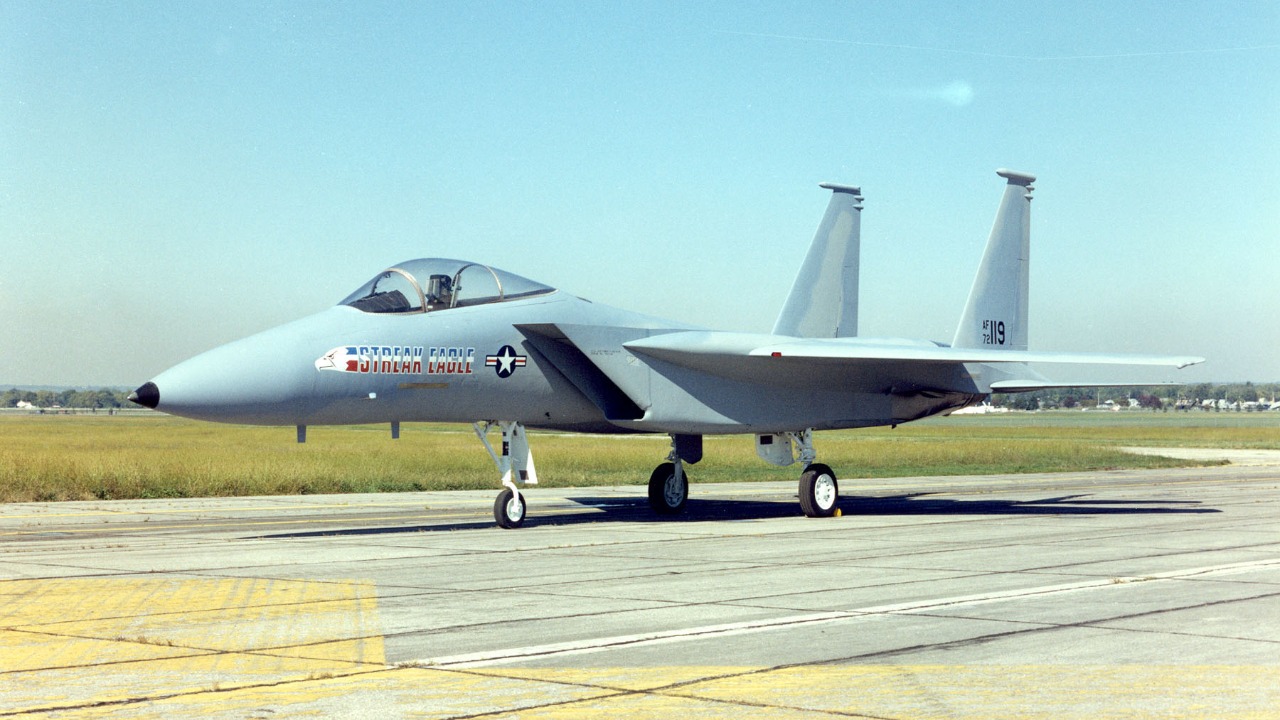
Introduced in the 1970s, the F-15 Eagle remains one of the most successful fighter jets in history. Renowned for its speed, agility, and combat performance, the F-15 continues to serve in air forces worldwide. Its track record of air superiority and combat effectiveness has made it a benchmark for fighter aircraft.
The F-15’s ability to engage and defeat enemy aircraft makes it a critical component of air defense systems. Ongoing enhancements have ensured that it remains competitive, often outperforming newer fighter jets in terms of speed and maneuverability.
Northrop F-5 Tiger II
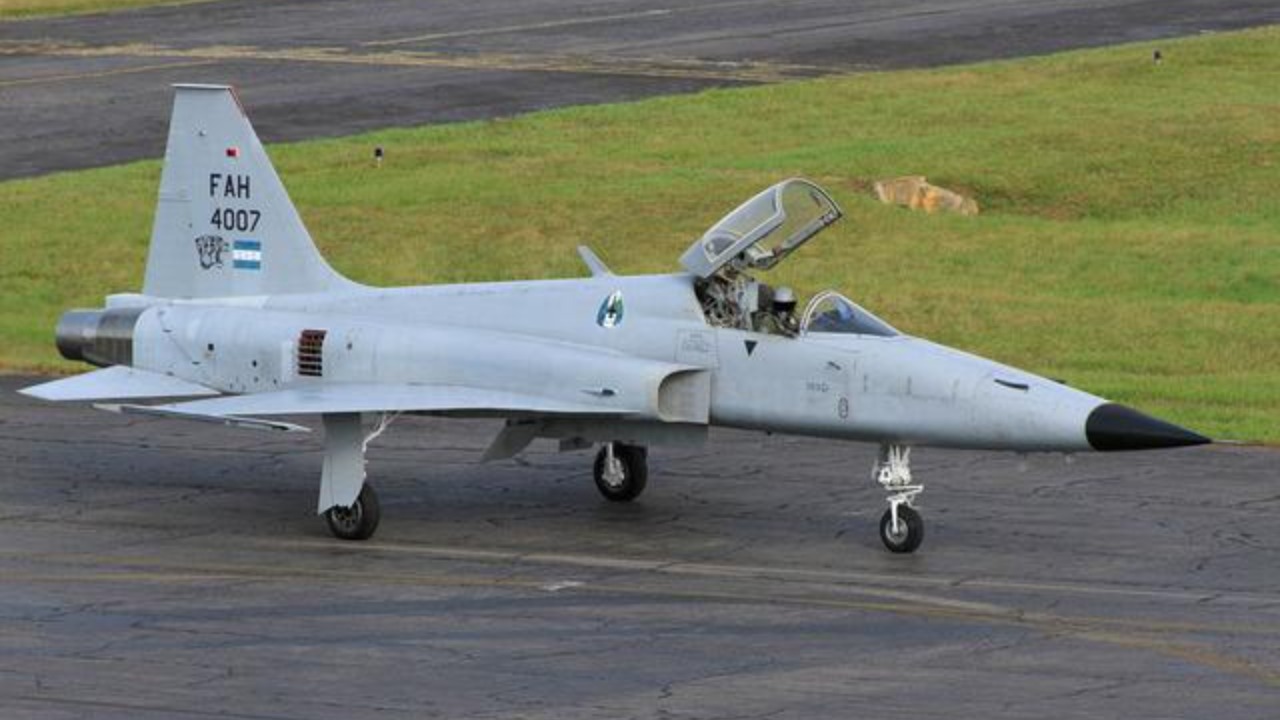
The Northrop F-5 Tiger II is a lightweight, supersonic fighter that has been in service since the 1960s. Known for its simplicity and effectiveness, the F-5 is used by many air forces for training and tactical purposes. Its low operating costs and ease of maintenance make it a cost-effective solution compared to modern fighters.
Despite advancements in fighter technology, the F-5’s agility and reliability ensure its continued use. Its design allows it to perform well in a variety of roles, proving that sometimes simplicity can outperform complexity.
Fairchild Republic A-10 Thunderbolt II
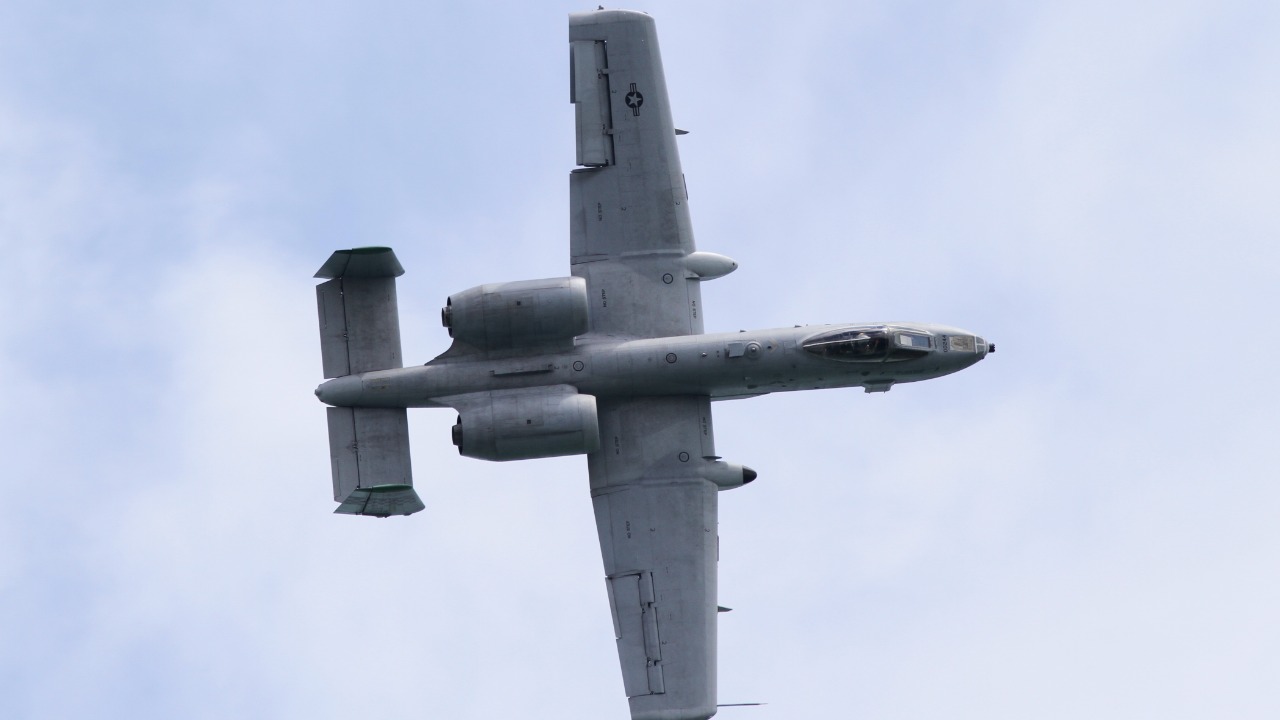
The A-10 Thunderbolt II, affectionately known as the “Warthog,” has been a staple of close air support since the 1970s. Its robust design and powerful cannon make it ideal for ground attack missions. The A-10’s ability to absorb damage and continue flying sets it apart from more fragile modern aircraft.
In scenarios requiring close air support, the A-10 often outperforms newer aircraft due to its durability and firepower. Its continued upgrades have kept it relevant, reinforcing its reputation as a reliable and formidable asset in combat.
Boeing 747-400
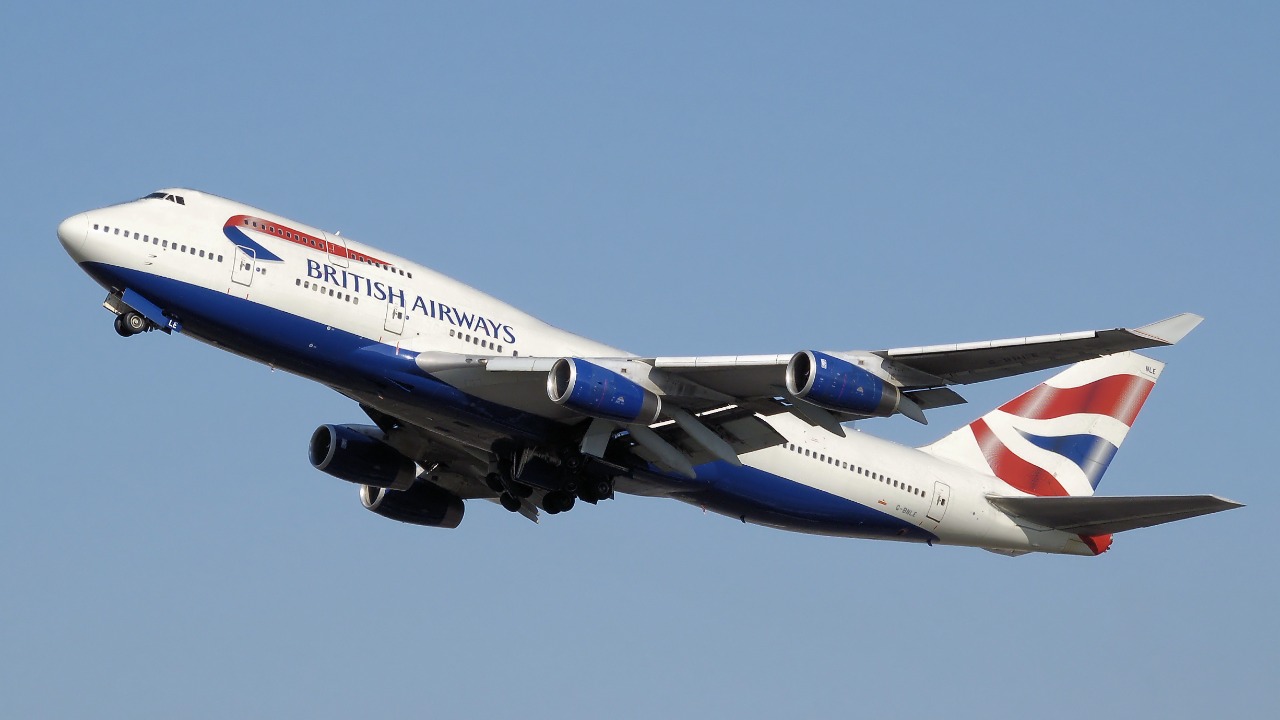
The Boeing 747-400, part of the iconic 747 series, revolutionized long-haul air travel and remains in service for many airlines. Known for its capacity and range, the 747-400 is often used for both passenger and cargo flights. Its ability to carry large payloads efficiently keeps it competitive, even as newer aircraft are developed.
While newer aircraft offer technological advancements, the 747-400’s proven reliability and capacity make it a preferred choice for many airlines. Its ongoing utilization highlights its enduring legacy in the aviation industry.
Piper J-3 Cub
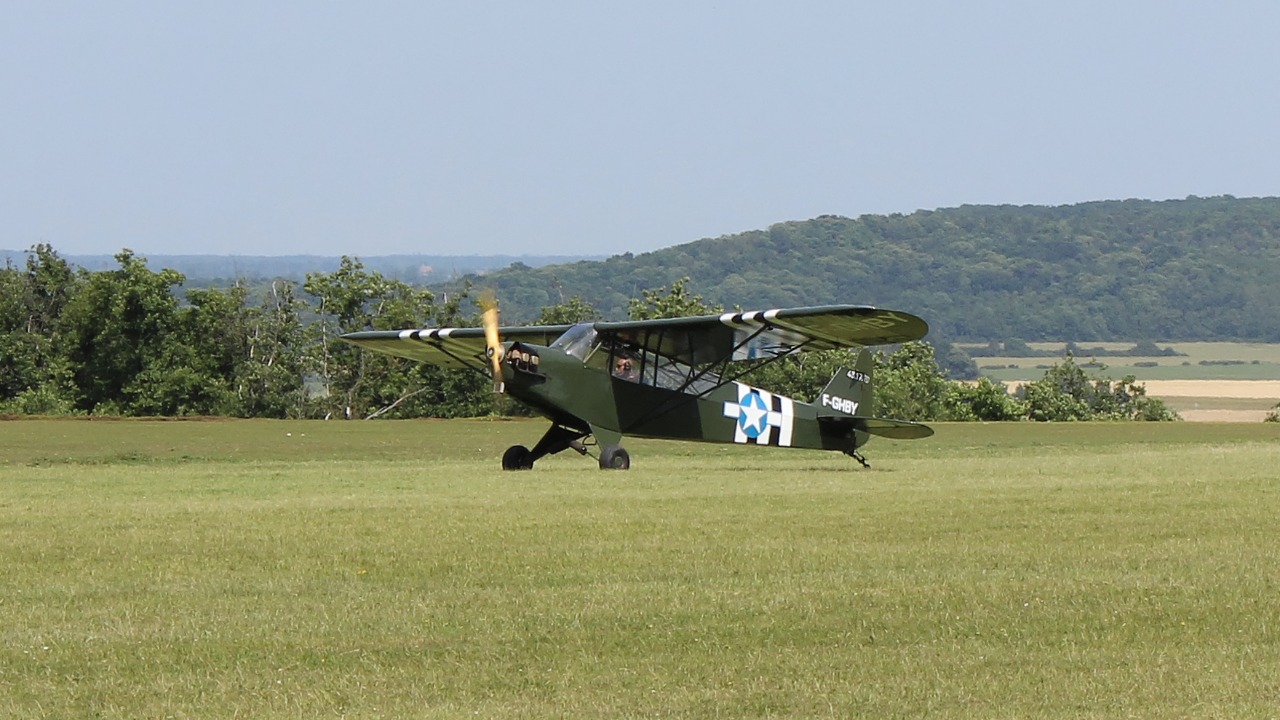
The Piper J-3 Cub is a light aircraft that has been flying since the late 1930s. Its simple design and ease of handling make it a popular choice for flight training and recreational flying. The J-3’s ability to operate from short fields and its low operating costs continue to make it appealing to aviation enthusiasts.
Despite the availability of modern alternatives, the Piper J-3 Cub’s charm and functionality ensure its continued popularity. Its simplicity and reliability often outshine the complex systems found in newer models.
de Havilland Canada DHC-6 Twin Otter
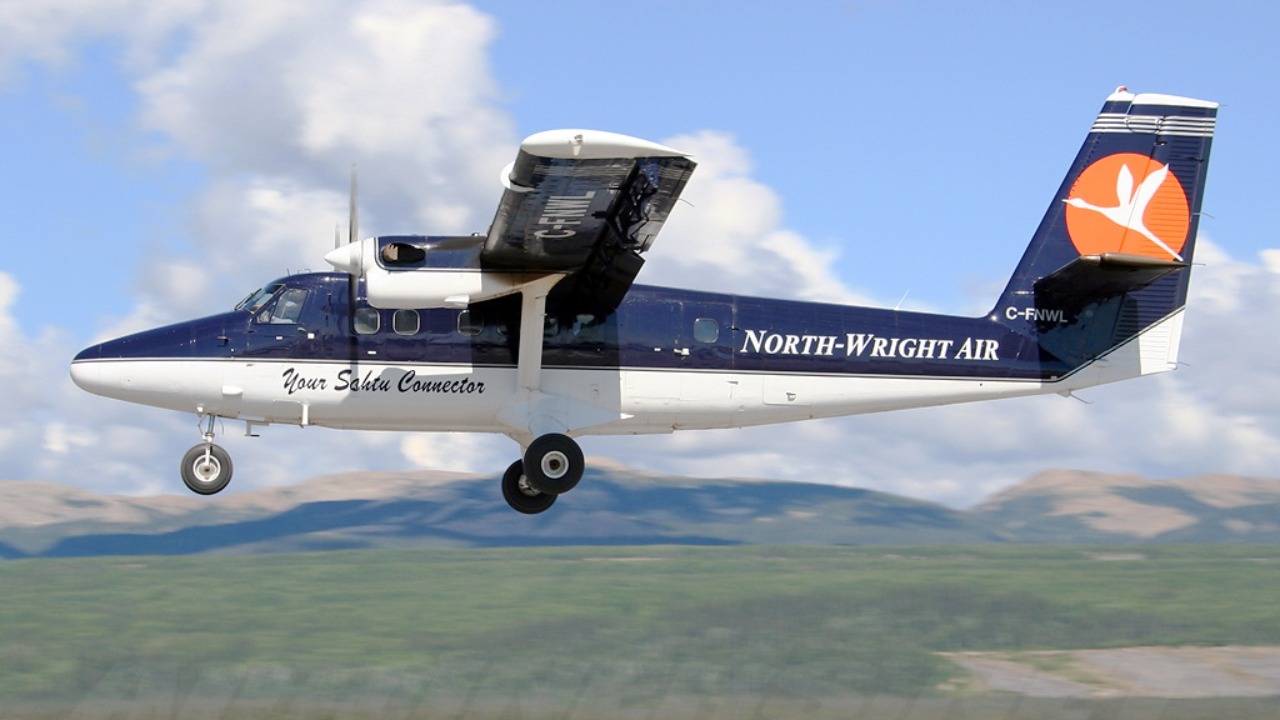
The de Havilland Canada DHC-6 Twin Otter is a versatile aircraft known for its short takeoff and landing capabilities. Used in a variety of roles from passenger transport to scientific missions, the Twin Otter’s rugged design allows it to operate in some of the world’s most challenging environments.
While newer aircraft offer advancements in technology, the Twin Otter’s unique capabilities and adaptability often make it the superior choice for remote operations. Its enduring presence in diverse roles highlights its effectiveness and reliability.